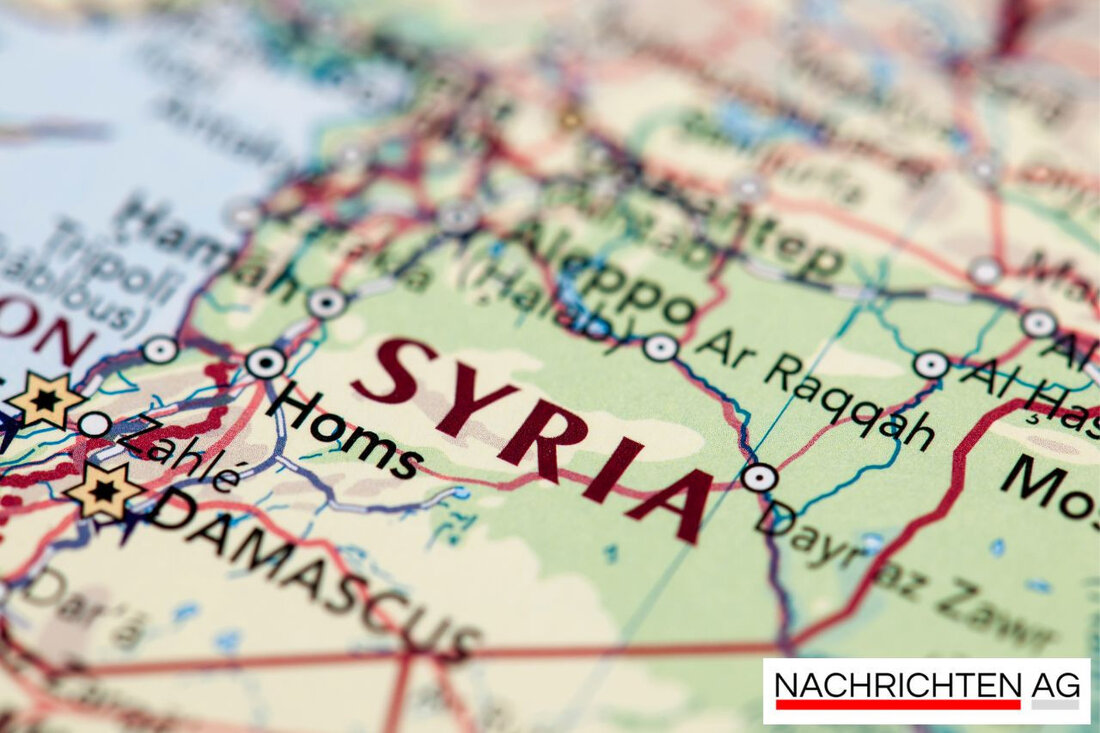Population decline in Saarland: Fewer inhabitants than 2023!
Population development in Saarland 2024: Decline due to deaths, migration and age structure in cities like Saarbrücken.

Population decline in Saarland: Fewer inhabitants than 2023!
At the end of 2024, 1,012,141 people lived in Saarland, which represents a decrease of almost 2,000 people compared to the previous year. This population decline is due to various factors. There were around 7,000 more deaths than births. At the same time, Saarland recorded a positive migration balance, with around 5,000 people moving to the country. Corrections in the population determination by municipalities after the annual financial statements also play a role, as Rheinpfalz reports.
The largest city in the state is Saarbrücken, which has 182,971 inhabitants. Other important cities are Neunkirchen with around 47,000 and Homburg with around 43,000 inhabitants. At the end of 2024, people from 167 different nations lived in Saarland, with most immigrants coming from Syria, Ukraine and Italy.
Demographic insights
The age structure in Saarland is remarkable, with 18 to 64 year olds making up the largest group and comprising almost 600,000 people. The second largest group is those over 65 with around 257,000 people, while those under 18 are the smallest group with around 156,000 people. According to the Saar Demography Network, this age distribution contributes to the development of the region.
Interestingly, Völklingen has the youngest average age in Saarland of 43.9 years, while Kleinblittersdorf has the oldest residents with an average of 49.4 years. The Saarbrücken regional association has an average age of 45.2 years, which illustrates the demographic differences within the state.
In summary, the decline in the population in Saarland shows both the region's challenges in terms of births and deaths as well as the dynamics of immigration. These developments are crucial for Saarland's future planning and infrastructure, which must respond to the needs of a changing population.

 Suche
Suche
 Mein Konto
Mein Konto